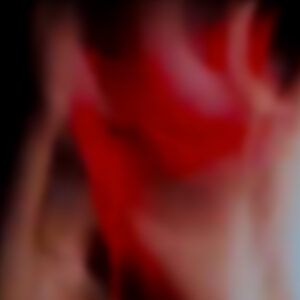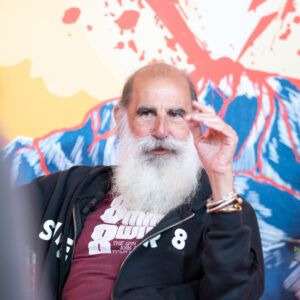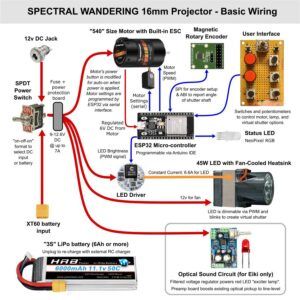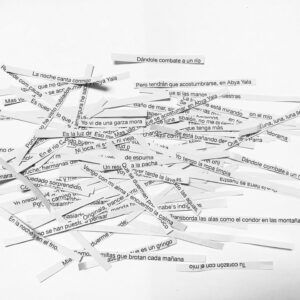Aftermovie of sixteenth edición do (S8) Mostra de Cinema Periférico that finished June 8
The management of the (S8) Mostra Internacional de Cinema Periférico is taking stock of this year’s 16th festival, marked by its extraordinary ability to attract audiences and its commitment to being a space for discovery, inspiration and meeting between the public and artists. With more than 100 films screened, and guests and audiences from Galicia, Spain, Europe, Latin America and the United States, its co-director Ángel Rueda noted how the Mostra has established itself as “the key international event for avant-garde cinema, making A Coruña the global epicentre of film creation.”
And what made this year’s festival stand out was its big turnout, with over eight thousand participants, especially young people, professionals and filmmakers from places as far flung as Italy, Portugal, Germany, Ireland, Mexico, Madrid, Andalusia, Catalonia and the Canary Islands. Ana Domínguez, co-director of (S8), recalled the queues that appeared before each session, which always began with a packed hall, demonstrating the success of the programme and the strength of an audience that turned up, “thankful for the programme, the organization, and the fact that an event like this exists.”
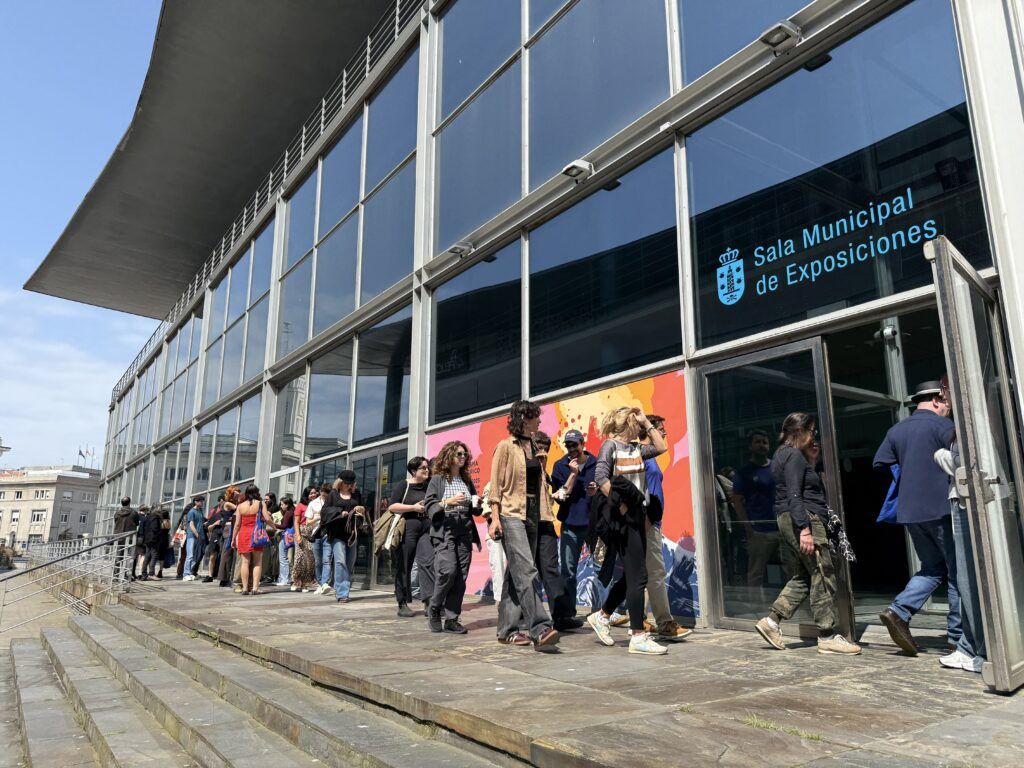
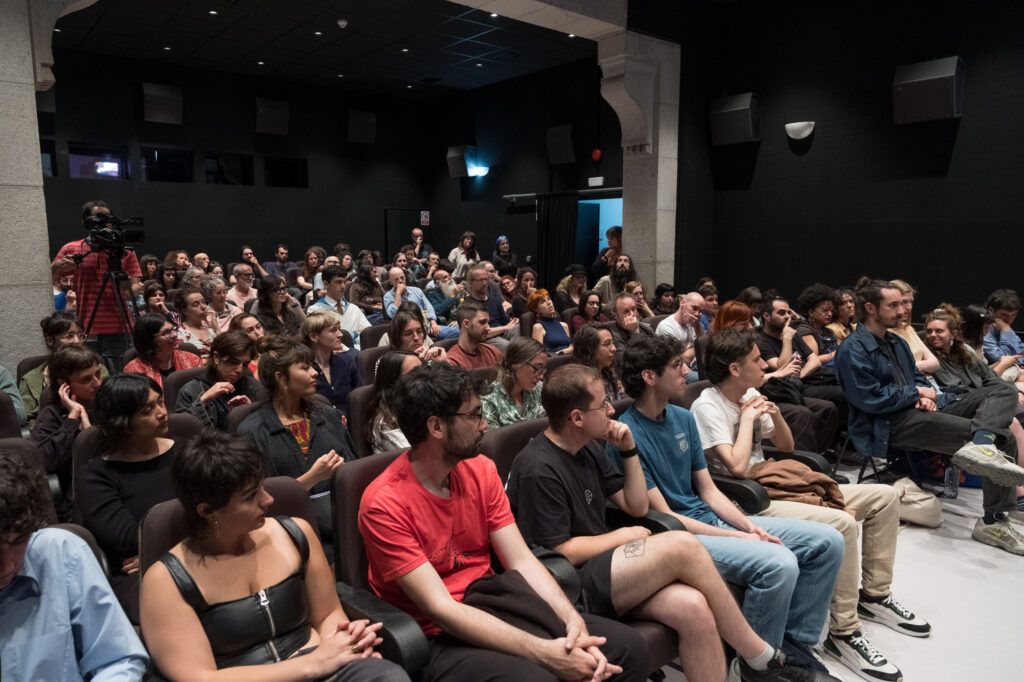
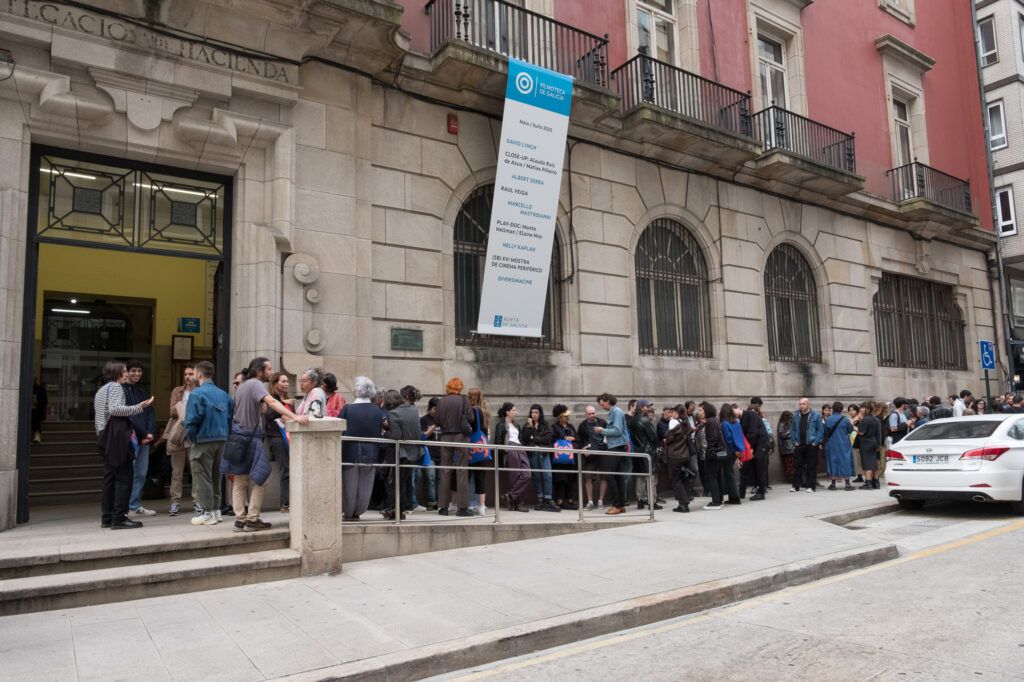
Queues and crowded halls during the festival PHOTOS: Andrea R. and A. Morandeira
A PROGRAMME FULL OF NEVER-BEFORE-SEEN MOMENTS
This year 2025 was the one when the Mostra strengthened its ties with Latin America through premieres and throwing the spotlight on creators such as the Venezuelan Carlos Castillo, the Chilean Jeannette Muñoz, and the Argentine Daniela Cugliandolo. In Castillo’s case, this (S8) was his first retrospective in Europe, which he said had helped him reconnect with his cinema, since the films he showed in A Coruña were made in Super 8 and most had not been screened for decades. This is just one example of the many unique and unrepeatable experiences that took place during the Mostra, where 33 works had their world premieres, and women once again accounted for the majority, directing two-thirds of the 112 films in the calendar.
The US American Betzy Bromberg was another of the main stars, showing two of her most iconic films for the first time in Spain: a Darkness Swallowed and Glide of Transparency. With a packed Filmoteca de Galicia venue, the screening was in its original 16 mm format and was followed by intense discussions with the auteur, who combines her work in the Hollywood industry with a more artistic and feminist approach to cinema. In addition to presenting her films, Bromberg, like the rest of the invited artists, actively took part in the entire programme, attending screenings of films by other renowned filmmakers, but also in the sections Sinais and Paraíso, where the creations by emerging artists are brought together.
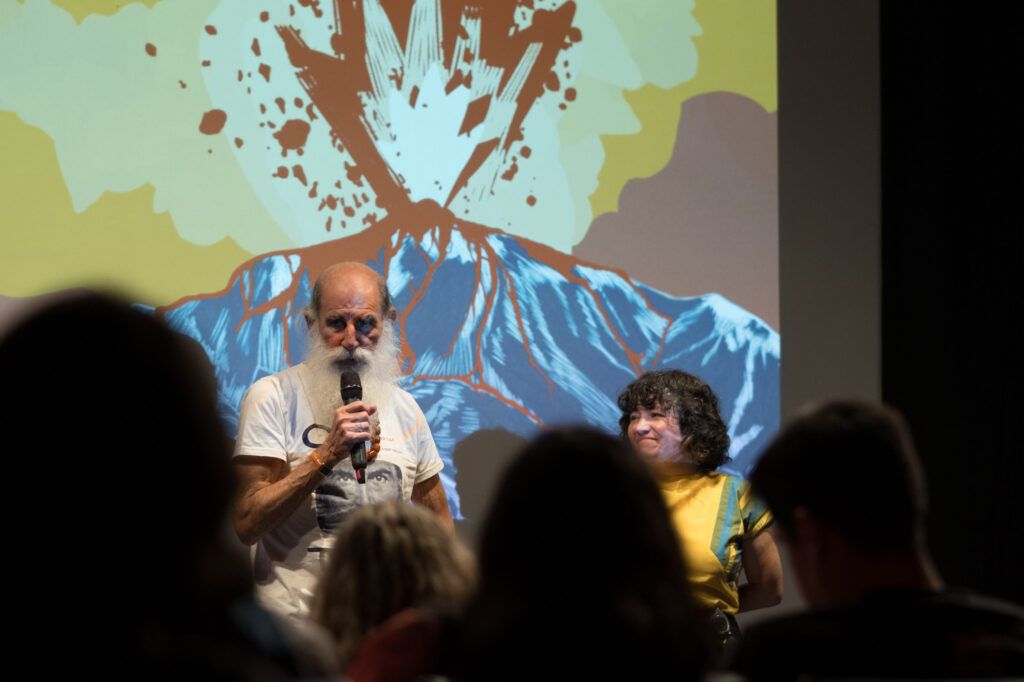
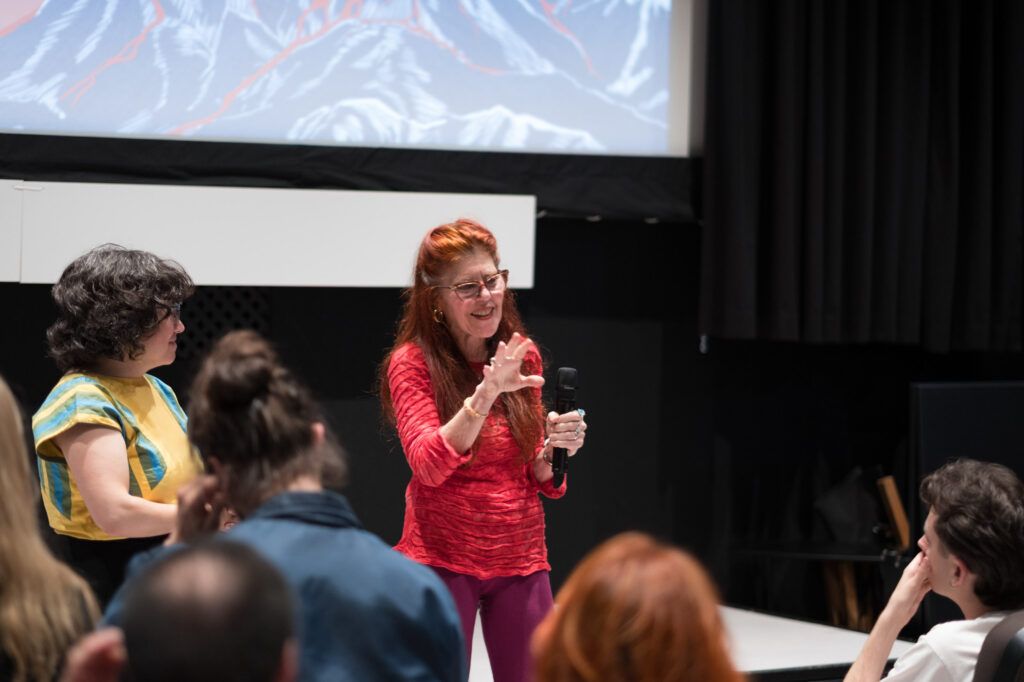
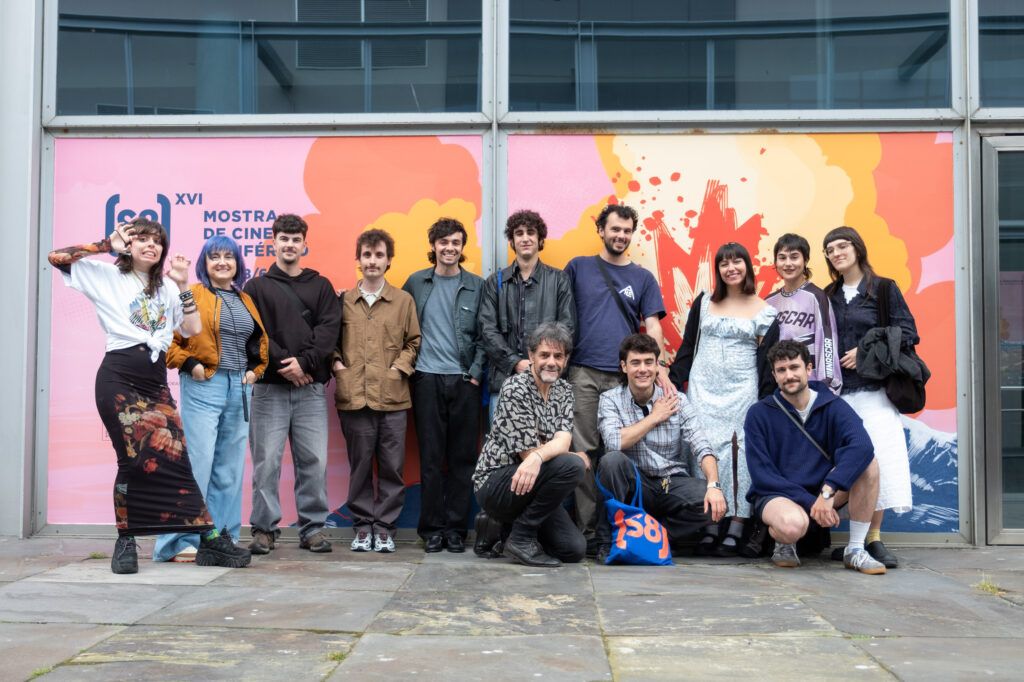
Castillo and Bromberg held numerous meetings with the public | Along with established filmmakers, the Mostra is a meeting point for emerging authors.
AN EVENT THAT CONNECTS THE PUBLIC, TALENT AND THE CITY
The fact that established filmmakers rub shoulders with emerging creators is one of the most significant attractions of the Mostra, which this year concluded with a professional gathering that acknowledged the role of festivals as community builders. This commitment to in-person events is highly appreciated by the festival attendees, who find its programme to be a source of inspiration and a context to promote their creations, with initiatives such as the INPUT project-mentoring encounter and the BAICC international artist residencies, which are open to applications until 22 July.
This is precisely one of the characteristics of (S8): that it creates a community around cinema, while artists, the public and professionals create a very strong bond with the event and the city, to which they come back every year to premiere their works, discover others’ or contribute to the international avant-garde cinema scene. This year’s (S8) was also noteworthy for the extensive coverage of the Mostra by specialist magazines and media, significantly strengthening the city’s brand as a venue for international culture.
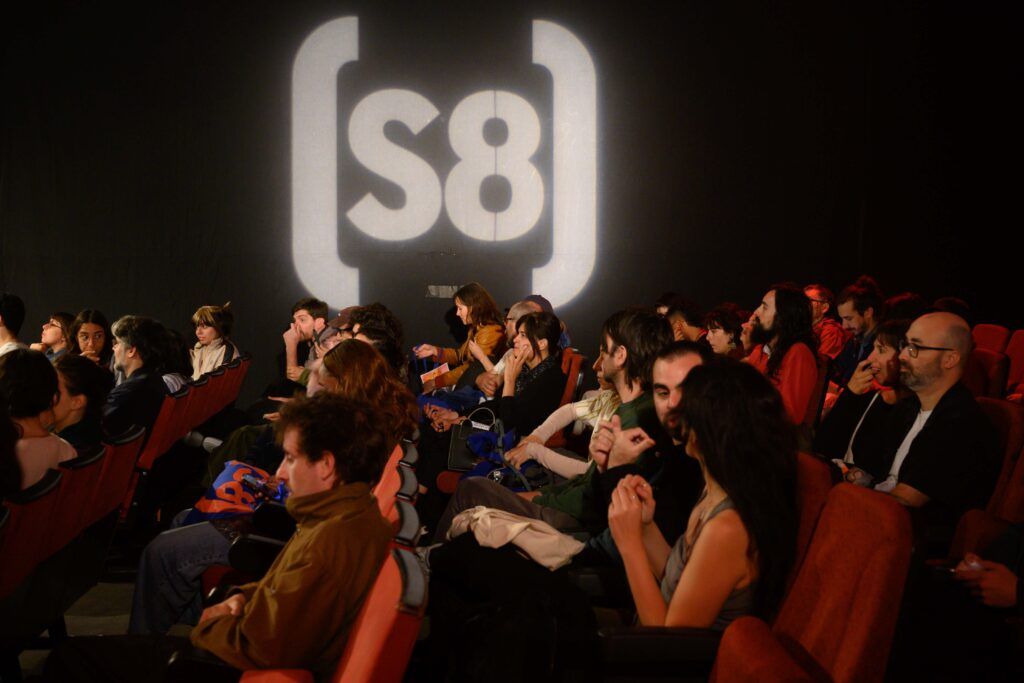
A CORUÑA ‘OVERFLOWING’ WITH SUPER 8
The Peripheral Film Festival’s ability to attract visitors is growing every year, and since the opening session dedicated to volcanoes—which have been this year’s image—both the Filmoteca de Galicia and the Palexco (S8) Hall have been packed for every session. The patio of the Luis Seoane Foundation, where the evenings of the Desbordamientos (“Overlows”) section take place, was also packed every night. These film performances continue to be one of the main attractions in the programme, this year including works by filmmakers from Canada, Venezuela, Spain, France and Portugal. There have been multiple, simultaneous screenings with voice, body, text and even smoke. The proposals in Desbordamientos are always unique experiences, and this year they went beyond the walls of the Foundation with two proposals: Smoke Show, with an analogue screening over smoke, and Wandering Projection, which showed 16 mm films on walls and trees in the old city of A Coruña.
This wandering screening, with more than a hundred people following the event through the streets, was the closing event of a festival that honoured Super 8 on the sixtieth anniversary of the format’s appearance. The festival had begun a month earlier with sessions for schools that brought together more than three hundred students at the Domus venue, and with the Xpresa social inclusion workshop, backed by the Emalcsa Foundation. This is a simultaneous programme that now continues with the Analogue Film Workshop in Corme, headed by Deneb Martos, beginning on 7 July.
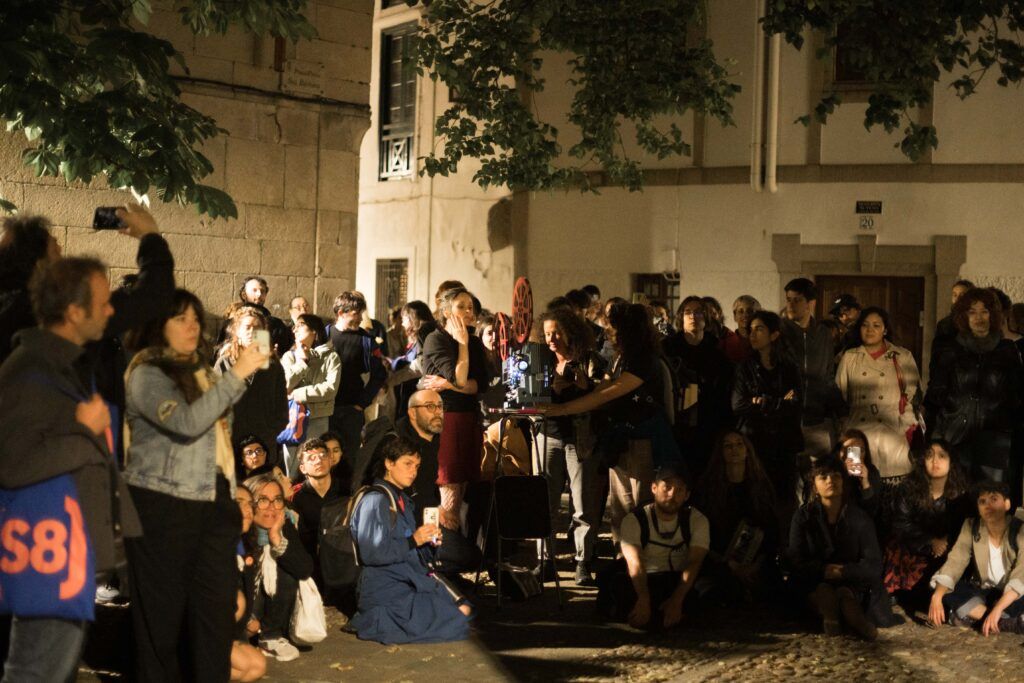
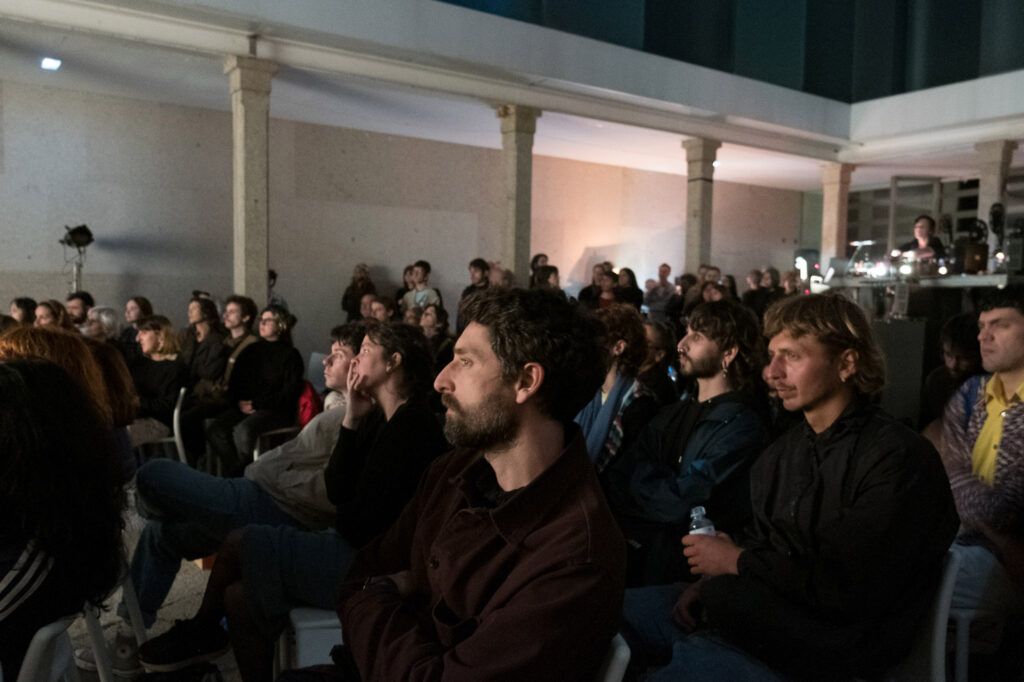
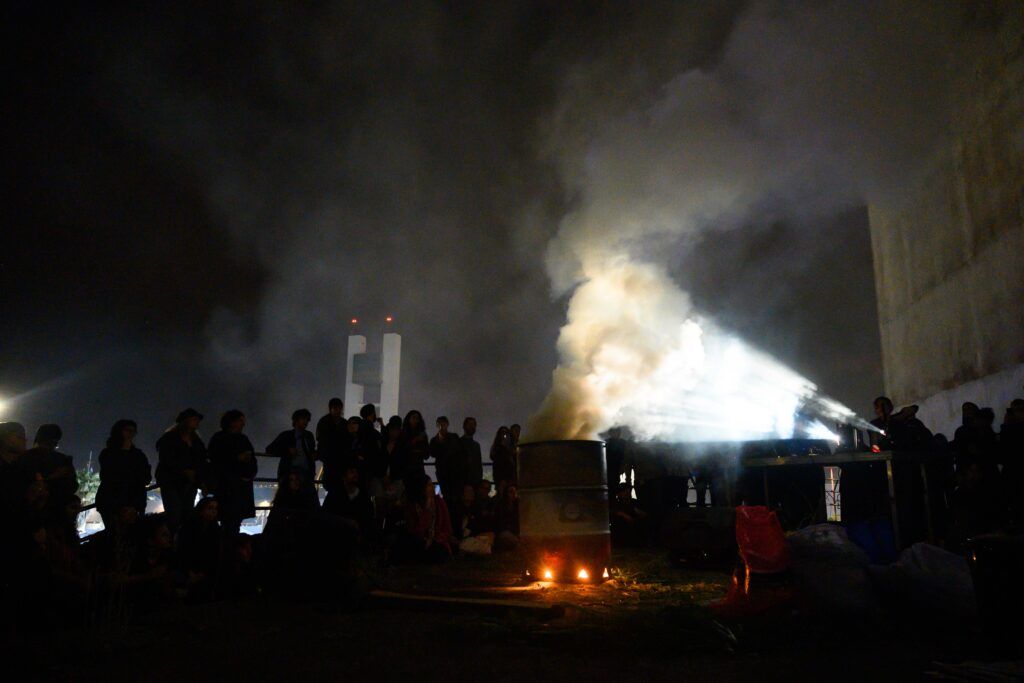
Desbordamientos in the Luis Seoane Foundation and along the streets of the city.
ACKNOWLEDGEMENTS
The Mostra de Cinema Periférico is organised by the eSe8 Cultural Association and is sponsored by the A Coruña City Council’s Department of Culture and Tourism with backing from the Galician Agency of Cultural Industries of the Government (Xunta) of Galicia (Agadic), the Provincial Council of A Coruña, the Institute of Cinematography and Audiovisual Arts (ICAA), Acción Cultural Española (AC/E) and the Luis Seoane Foundation. The festival venues are: Filmoteca de Galicia, Palexco Exhibition Hall, the Luis Seoane Foundation and Domus.


